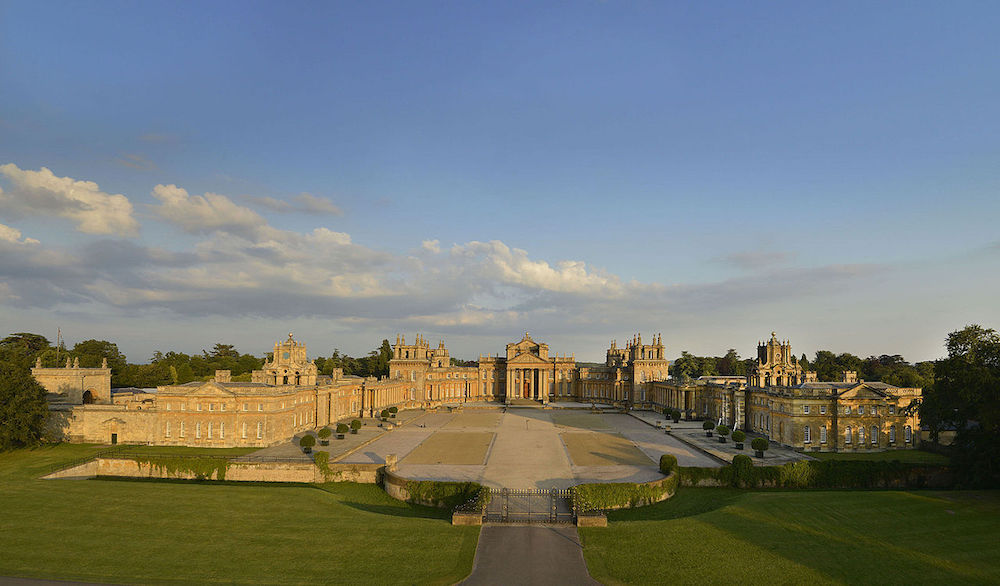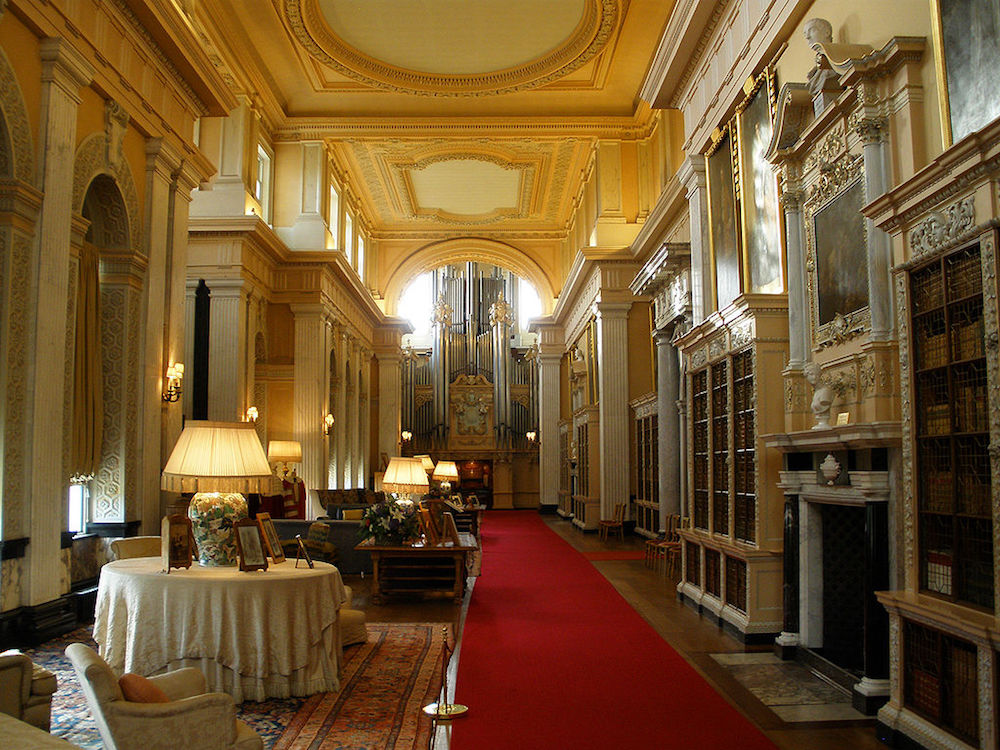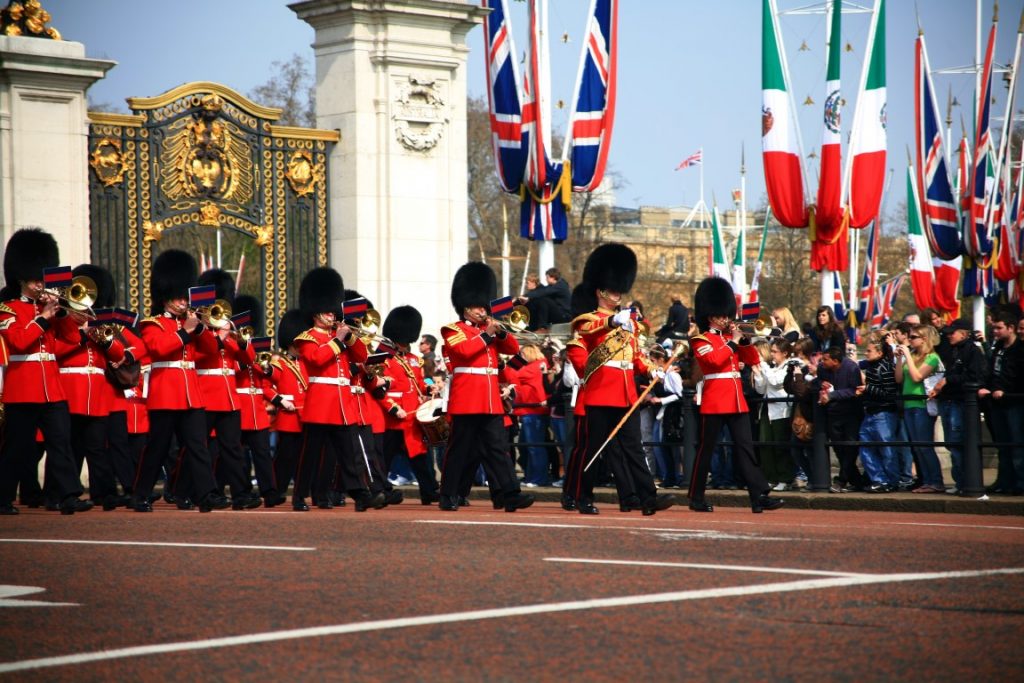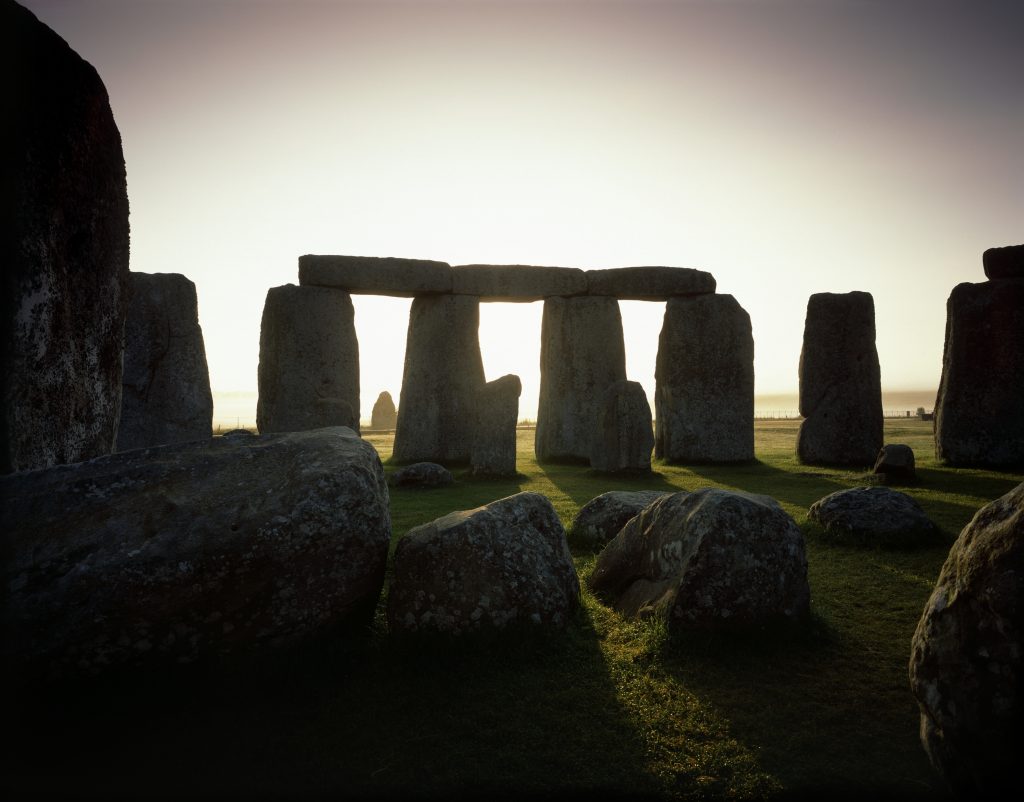History Of Blenheim Palace, Birthplace of Sir Winston Churchill
Blenheim Palace is one of the unique buildings in the United Kingdom. It is not only an old manor, but it is also a national monument and a mausoleum. Located in the Oxfordshire countryside, Blenheim Palace is one of the most enormous palaces and significant buildings in the United Kingdom. Built in the first years of the 18th century, the history of Blenheim Palace is colorful and its most-known for being the ancestral home of former British Prime Minister Sir Winston Churchill.
History of Blenheim Palace
John Churchill, the Duke of Marlborough, was a prominent military commander during the War of the Spanish Succession. He played an instrumental role in the monumental victory against the French King, Louis XIV, at the village of Blenheim in Bavaria. The French had vast plans to rule mainland Europe, which Britain and its allies – Austria and Denmark – were opposed to.
The joint Austro-British-Danish army clashed with the Franco-Bavarian army and fielded an enormous victory. Although the cost was high, victory was assured for Britain and its allies. John Churchill was regarded as a war hero, and Queen Anne ordered a palace to be built as a gift to John Churchill. That’s when the real history of Blenheim Palace begins.
Playwright Sir John Vanbrugh designed Blenheim Palace in the English Baroque style and it was constructed from 1705 to 1722. Although there were financial issues in the commitment to the construction of the palace, it was fully finalized in 1733 when the Chapel was officially consecrated.
Blenheim Palace is the only non-royal and non-episcopal country house that is officially called a palace. Blenheim Place has seen some hardship throughout the years, including familial and financial problems. However, it stood the test of time and is officially became a UNESCO World Heritage Site in 1987.

Wide angle view of Blenheim Palace. Photo Credit: © Gailf548 via Wikimedia Commons.
Blenheim Palace Architecture
The first major notable detail about Blenheim Palace is that it was intended to be viewed from a distance. Also, before being officially built as Blenheim Palace, it was known as Woodstock Manor in its previous form. The landscape was designed by Lancelot “Capability” Brown, who is credited to have created the naturalistic Versailles style of the park around the palace.
Due to the origin and history of Blenheim Palace being rooted in war and conquest, its design and façade were meant to display triumph over the French and Bavarians. This, in turn, led to influence the English Romantic movement, due to the sheer brilliance of the naturalistic elements of the palace.
One of the most notable things about Blenheim Palace is its grand design and theatrical mood. It feels grandiose and large, and because of that, it’s considered the culmination of the English Baroque. The palace is voluminous, and it’s very much inspired by medieval fortifications. Because of that, the palace was originally going to be called Blenheim Castle.
Due to the history of Blenheim Palace being so steeped in adventure, its landscape and design have an adventurous feel to them. From the 18th century dry wall to the fascinating fountains and gardens, everything feels lively and fascinating. It’s one of the most popular buildings designed by Sir John Vanbrugh, and it’s easy to see why.

Blenheim Palace from the Water Terraces. Photo Credit: © Durova via Wikimedia Commons.
Other Interesting Facts about Blenheim Palace
Although the history of Blenheim Palace is rich and fascinating, it’s most famous for being the birthplace of Sir Winston Churchill, the former British Prime Minister. Blenheim Palace is where Churchill was born and where he lived in his formative years. Blenheim Palace is also where Churchill proposed to his wife Clementine Hozier. However, while these were mostly happy times, Blenheim Palace had a lot of hardships during its long history.
Even though it was first given as a gift by Queen Anne for John Churchill’s hard earned victories, she died before it was paid out in full. In fact, John Churchill even lost favor with the Queen before her death, and she declined to finish funding its construction. Her death caused large numbers of builders and workers to be left unpaid, which in turn left the palace unfinished. Thankfully, the Duke struck a deal with the workers to finish funding it on his own.
The exterior of the palace is beautiful, but its interior is the part that is breathtaking. There are hundreds, if not thousands, of masterful works of art on display there. The entrance portico is decorated with six unique eyes, which were painted in the 1920s. The Great Hall is considered one of the most grand of its type in the entire country, as it’s very ornate and stunning. The state rooms have a lot of intricate tapestries, stunning portraits and furniture, and are considered a must-see in the building.

Blenheim Palace: Library with pipe organ at the far end. Photo Credit: © Jvhertum via Wikimedia Commons.
Visiting Blenheim Palace
Blenheim Palace is a popular tourist attraction today due to its connection with Sir Winston Churchill and there are a lot of things to see. Aside from its intricate décor and gorgeous aesthetics, there are plenty of events throughout the year at Blenheim Palace that are well worth a visit. Plus from its state rooms to its detailed and rich Grand Hall to the Churchill exhibition, Blenheim Palace is one of the most fascinating palaces in the United Kingdom.
You’ll learn about the past Dukes of Marlborough and about the hardships this palace has been through. You’ll see just how deep the history of Blenheim Palace really is.
A UNESCO World Heritage Site, Blenheim Palace will appeal to fan of history, politics and British culture. And the great news is that Blenheim Place is open almost the entire year, so would recommend while visiting London, perhaps as part of our Oxford, Blenheim Palace & Cotswolds Countryside Tour.











